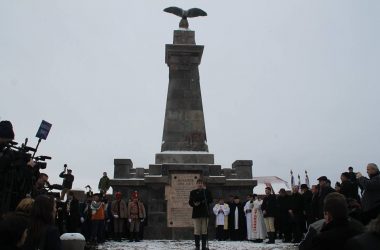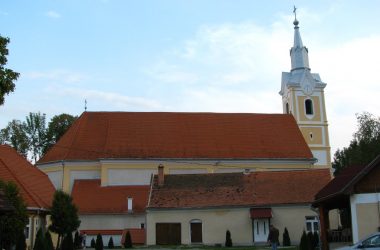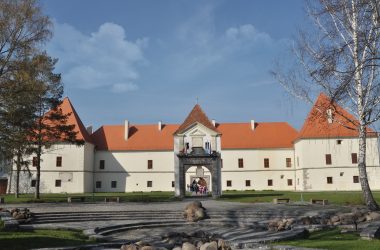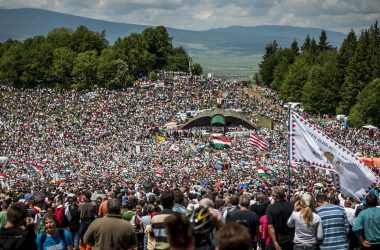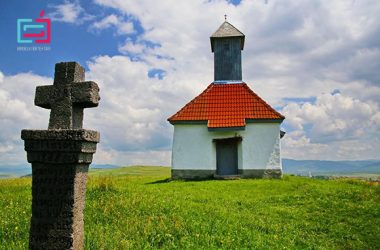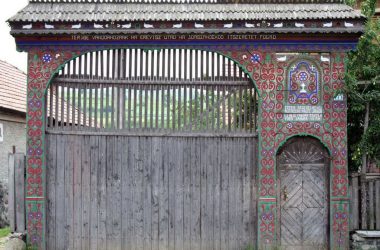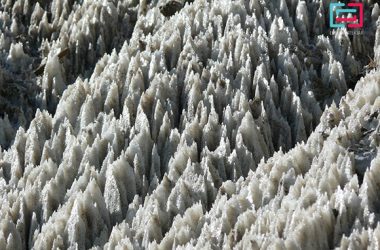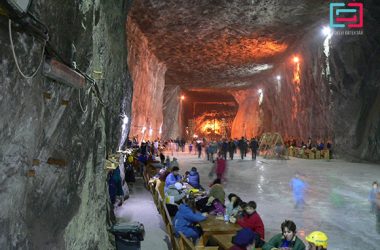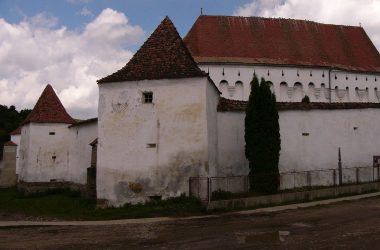The Siculicidium Memorial is associated with the organization of the Szekler Border Guard, started on 5th of July 1761 by the Imperial Order of Maria Theresa. Olvasson Tovább
The law of the village in Suseni (1581)
Who wrote down the customs, from whom does the law of the people come from? Based on traditions, written as a guarantee of peasant self-determination (local Olvasson Tovább
The romano-catholic church from Valea Strâmbă
Valea Strâmbă was first mentioned in the regestrum in 1567. According to the documents kept in the State Archives of Budapest, the settlement had a Gothic Olvasson Tovább
Mikó Fortress from Miercurea-Ciuc (Today Szekler Museum of Ciuc)
The Mikó fortress from Miercure-Ciuc is located in the southwest part of the city, near Zsigodin. The territory was broken off from the former village of Olvasson Tovább
Whitsun pilgrimage from Șumuleu-Ciuc
Pilgrimage from Şumuleu-Ciuc is the pilgrimage of the modern age, which at first was the most important religious event of the Szeklers, and over the centuries Olvasson Tovább
Romano-chatolic chapel from Bogát
The romano-chatolic chapel from Bogát was built in 1720 and consacrated in 1725 in the presence of the Armenian bishop of Frumoasa. There are hypotheses that Olvasson Tovább
Sculptured and Painted Sekler Gates from Satu Mare
The sekler gate has usually a leaf roof and mostly decorated. Perhaps under the effect of the old noble mansions, they have come to the forefront Olvasson Tovább
Salt Canyon Praid
In the eastern part of Transylvania, in Szeklerland, there is a region – the only one – which has got its name for its mineral Olvasson Tovább
Praid Salt Mine
In the eastern part of Transylvania there is a landscape – the only one – which got his name from his own mineral resources: the Land Olvasson Tovább
Dârjiu Fortified Church
Dârjiu is situated 21 km southwest of Odorheiu-Secuiesc, in the valley of the river Great (or Lok), between high hills. It was first mentioned as Ders Olvasson Tovább



